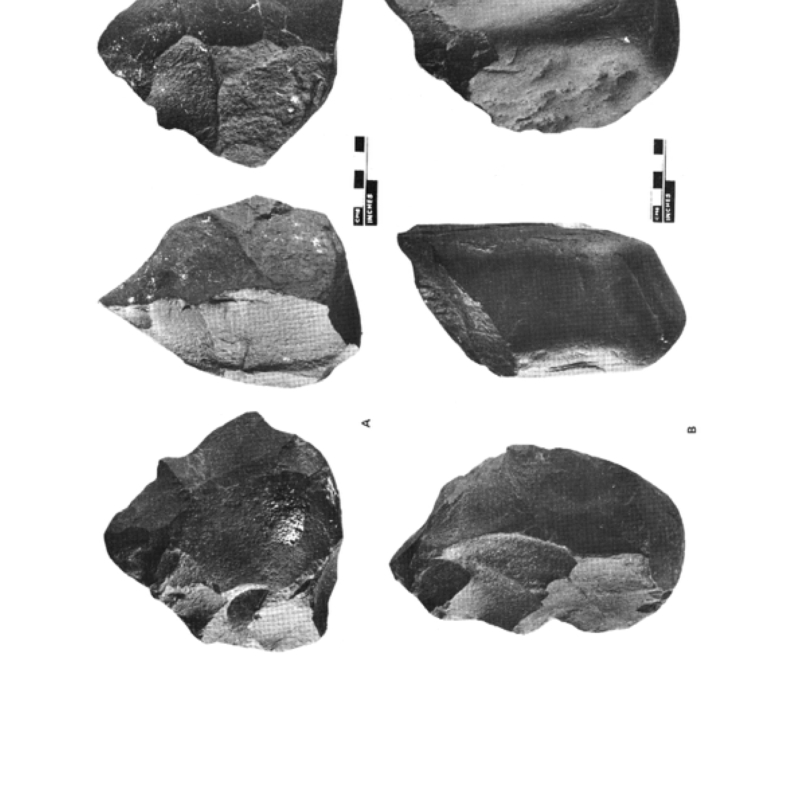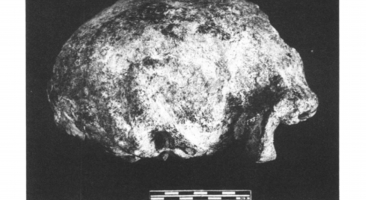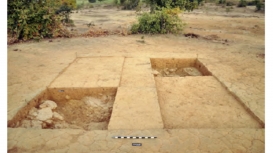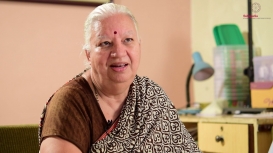The word Acheulean is derived from the French archaeological site St. Acheul, referring to the tool-making tradition during the Lower Paleolithic period across Afro-Eurasia. In India, the Acheulian culture stretches from the Siwalik hills in the north to areas near Chennai in the south. Owing to factors like adequate amount of rainfall, perennial rivers, thick vegetation covers, and rich flora and fauna, Central India accounts for the densest concentration of Acheulian sites. Attirampakkam, in Tamil Nadu, is the earliest Acheulean site to be excavated. It dates back to 1.5 million years, shedding light on hominin existence in India. A collective study of scientists, geologists and paleontologists has led to the conclusion that a whole different world existed over a million years ago at these sites. Man, then, belonging to the hunter-gatherer culture, used to exist as a different hominin group, homo erectus to be precise. The Acheulean tradition in India is represented in the form of stone tools. In 1858, Robert Bruce Foote, an officer in the Geological Survey of India, in his explorations in Tamil Nadu, excavated certain stones which were later recognized as ancient tools in a joint conference at France. These tools included oval and pear-shaped hand-axes, cleavers, scrapers, flakes, blades, cores and several others kinds. A variety of functions like hunting, butchering, skinning of animals, etc were performed by these tools. Presence of such tools not only allow us to study the behavioural pattern of the hominin groups but also to acknowledge the trend in technology of these stone tools over a vast period of time. This module looks at the various implications of these sites.

Jose Rapheal
Jose Rapheal is an archaeologist specialising in Prehistoric Archaeology. He has done his PhD from Deccan College, PGRI, Pune, on the ‘Technology of Cleavers’, a prehistoric tool found in the Lower Paleolithic (Acheulian) sites. He is also an expert stone knapper who can reproduce the prehistoric stone artefacts. He also writes for various blogs on subjects pertaining to Indian Culture and Heritage.



